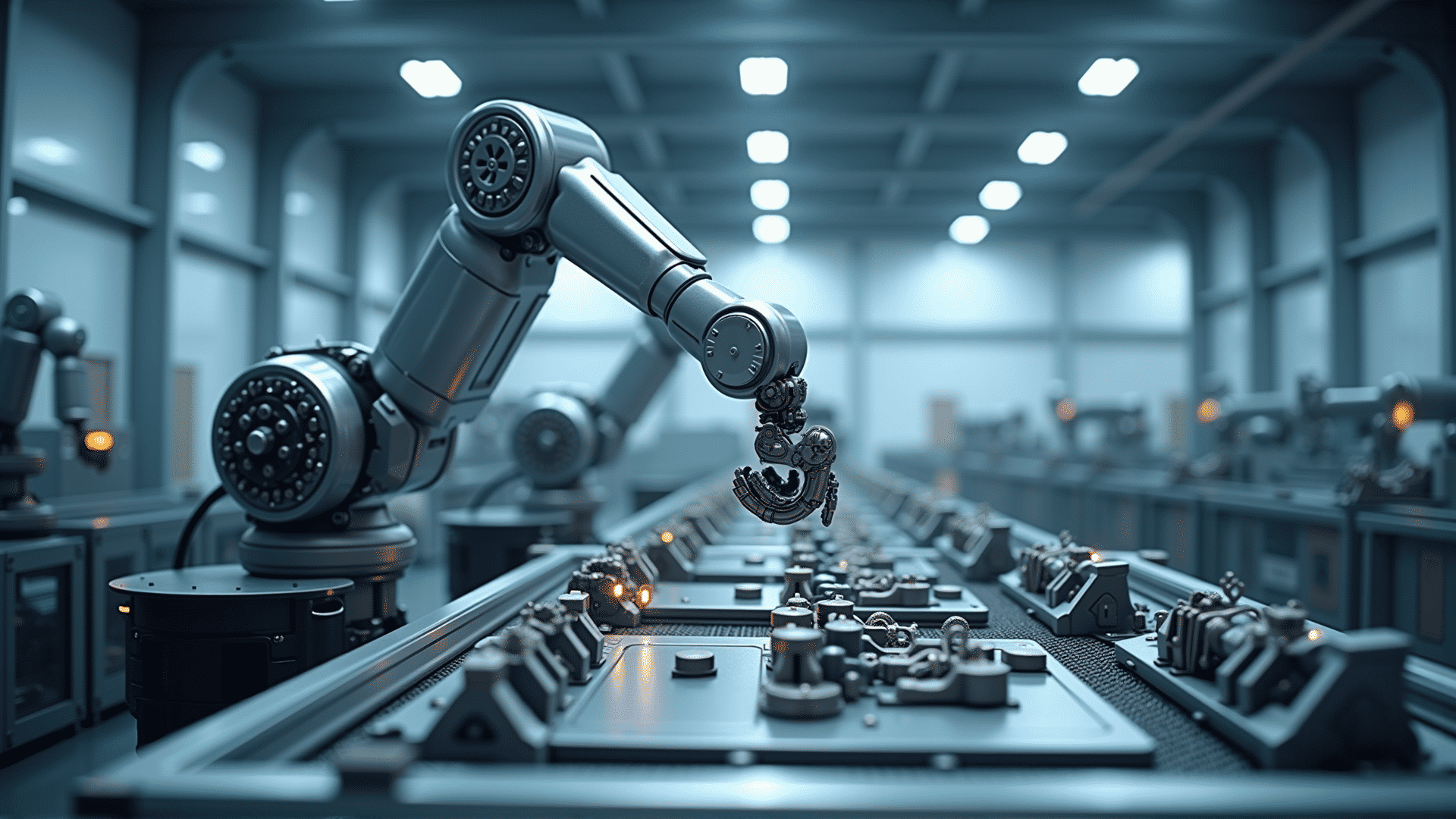In recent years, the rapid developments in robotic technologies have significantly reshaped various fields around the globe. These autonomous machines are no longer confined to the imaginations of science fiction writers; they are a tangible reality, making significant contributions in multiple domains.
At the forefront of this technological surge is the healthcare sector. Robotics is revolutionizing patient care through precision surgeries performed by robotic arms that reduce recovery times and minimize risks. These machines are also crucial in rehabilitation, providing consistent, tailored exercises for patients recovering from physical trauma.
In agriculture, robotics has introduced efficiency and sustainability. Automated tractors and drones help farmers monitor crops, manage fields, and even predict yields by analyzing data from various sensors. This minimizes resource waste and optimizes production, benefiting both the environment and food supply chains.
Manufacturing has long been a realm of opportunity for robots, but recent advancements have amplified their role. Robots now collaborate with humans on complex tasks, providing assistance in heavy lifting, precision assembly, and quality inspections. This human-robot collaboration increases productivity and safety, allowing for more innovative product designs and manufacturing processes.
The logistics and transportation sectors are also experiencing transformative changes. Autonomous vehicles and drones promise to revolutionize delivery systems, offering faster and more efficient ways to transport goods. This transformation extends benefits to urban planning, as traffic flow improvements become possible through smart, interconnected systems.
In education, robots serve as learning assistants, especially in teaching STEM subjects. They engage students with interactive lessons and can be programmed to perform experiments, making learning more hands-on and immersive. This innovative approach can inspire the next generation of scientists and engineers.
These advancements are not without their challenges. Ethical considerations, job displacement concerns, and the need for regulatory frameworks remain areas that must be addressed as these technologies evolve. Collaboration among technologists, legislators, and communities is vital to ensure that robotics continues to bring positive changes.
As we continue to explore the potential of robotic technology, the possibilities seem endless. With each advancement, we move toward a more connected, efficient, and technologically-driven world, where robots play an integral role in daily life. The future of robotics is indeed bright, promising a blend of innovation, efficiency, and enhanced quality of life across various sectors.
